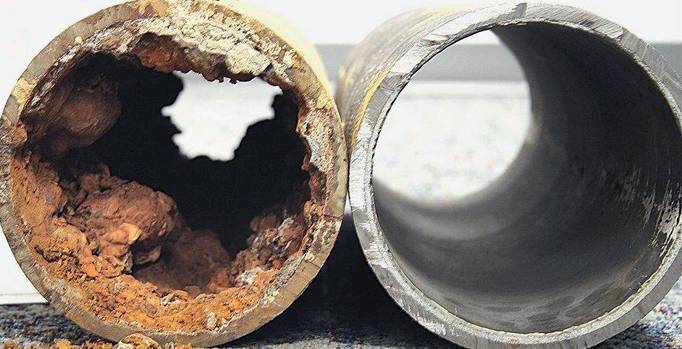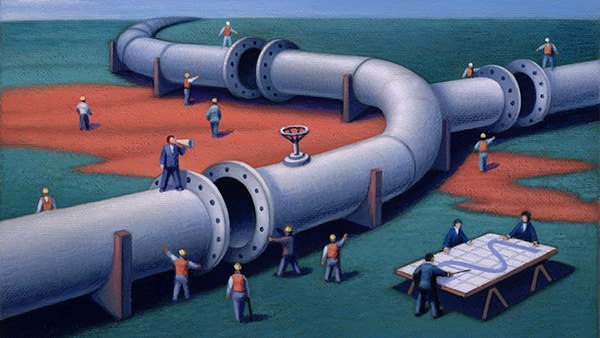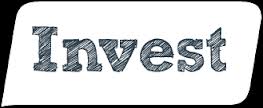 I’m not the “plumber-type.” I don’t know what to do when something goes wrong with the plumbing in my house. It makes me anxious and I get cranky. What I do know is that a clog in the pipes creates a huge mess. Water doesn’t flow through, everything backs up… and I call for help.
I’m not the “plumber-type.” I don’t know what to do when something goes wrong with the plumbing in my house. It makes me anxious and I get cranky. What I do know is that a clog in the pipes creates a huge mess. Water doesn’t flow through, everything backs up… and I call for help.
Well, the same can be said for your major gift program. You may have some good donors on your caseload right now, but you’ve been noticing that some folks are either just not giving like they used to, or the quality of your B and C donors is beginning to erode. All this makes it seem as though there is little life happening.
This is because you have a clogged pipeline.
And that pipeline is your mid-level gift program. So in the new year, if you want to maintain a healthy major gift program, you’re going to need to invest in some good donor plumbing… to get your mid-level donor program flowing freely.
For many non-profits, it’s the mid-level donors who are the lifeblood of your organization. Now, the criteria for a mid-level donor will depend on the size of your organization, but typically they will be donors who give from $250-$999 to $1,000-$9,999 cumulative, or somewhere in that range.
The point is that every organization has them, and they bring in a very sizable amount of revenue for your programs. The PROBLEM is that most organizations have a sizable clog in their major donor pipeline, and it’s because donors get stuck in that mid-level area.
Whether you do it yourself or call someone in to help, 2014 needs to be the year to figure out a new strategy for your mid-level donors and unclog the pipeline.
Here are some things to think about:
- Figure out the source of the clog — When we go in to inspect a donor file, we often see that organizations treat their mid-level donors the same as they would a $10 or $25 donor. This means a $500 cume donor receives all the same stuff as a $10 donor. And that means you’re spending the same amount of money to cultivate these donors, which will produce skyrocketing ROI’s, yet leave a ton of money on the table – money your organization could use to boost your programs.
- Get Proactive — You could let a clog go and just wait and wait until it “works itself out” and some of those donors trickle up to your major gift program. Or you could rent one of those “drain snakes” or call in “Roto-Rooter” to help you come up with a proactive strategy. Here is what a proactive strategy looks like:
- Assign a mid-level representative to a group of 500-750 mid-level donors
- Tier those donors A+ thru D level
- Create a strategy for each tier
- Develop a touch-point and communication strategy using mail, e-mail and phone calls to give these donors more personal attention.
- Integrate the work of the mid-level rep with your direct-response strategies.
- Evaluate your program based on revenue, ROI, retention rates and the number of donors moving into a major gift caseload.
- Keep the Pipes Clean — As you see the program gaining success, continue to keep the donor flow moving. This means keeping your major gift and mid-level programs healthy. Continue to hire more major and mid-level reps as the programs grows. Challenge mid-level donors beyond their current gift levels to move them up the pipeline faster. Do a wealth overlay on all your midlevel and major donors to get a better understanding of capacity. Ongoing maintenance like this is key.
Remember, one of the keys to a healthy and successful major gift program is a healthy and “clog-free” donor pipeline that moves more donors into that major gift program a lot sooner.
This is vitally important for next year, and a resolution you have to keep. Cheers to a great new year!
Jeff
P.S. If you need a “Roto-Rooter” because you’re like me and can’t seem to do the plumbing yourself, just write to me and I will get back to you on how Veritus Group can help you unclog your donor pipeline.
Series details:
#1 – Figure out where you are
#2 – Invest in your major gift program
#3 – Unclog your pipes! (this blog)
#4 – Build a solid bridge
#5 – Take care of your people
#6 – Take care of yourself







I love you guys — I do. But with all due respect, I think you’re missing a HUGE part of how to unclog the pipes. Too many MGOs are spending waaay too much time on genuinely unqualified prospects. Ongoing prospect screening, including genuine data analytics will save a lot of time, money and heartburn in the long-run. You need to know not only capacity, but the inclination to give to YOUR organization, not the one down the street.
Hey Linda, of course we totally agree with you. We’ve spent a ton of time on our blog talking about qualifying donors, created a white-paper on it and it’s the first thing we do with our clients when we enter a new relationship with them. So, we’re right there with you. This blog was specifically meant to address mid-level donors. Thanks for writing.
Hi, We are examining creating a mid-level representative exactly as you describe in this post. Would you be willing to direct me to any organizations that you know have hired such staff? Thanks so much. Mark